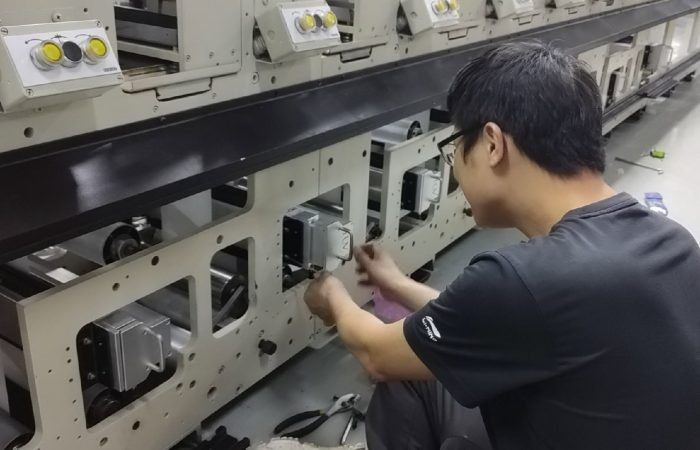How to Upgrade Your Press with a LED UV Curing System: A Guide for Modern Printers
The printing industry thrives on speed, precision, and adaptability. For businesses specializing in label, flexographic, offset, or narrow-web printing, integrating a LED UV curing system can revolutionize productivity and quality. This guide explores practical steps to upgrade your press while addressing technical considerations for seamless implementation.
Why LED UV Curing Fits Modern Printing Demands
LED UV curing systems use ultraviolet light to instantly dry inks, coatings, and adhesives. Unlike traditional mercury-vapor lamps, LED systems operate at lower temperatures, consume less energy, and eliminate ozone emissions. Key advantages include:
- Faster production speeds: Eliminate drying delays with instant curing.
- Enhanced print quality: Reduce dot gain and improve color vibrancy.
- Energy efficiency: Cut power consumption by up to 70% compared to conventional UV systems.
- Material versatility: Print on heat-sensitive substrates like thin films or shrink sleeves without warping.
For label and narrow-web printers, this technology minimizes waste and supports intricate designs. Flexographic and offset printers benefit from sharper details and consistent ink adhesion.
Assessing Compatibility with Your Existing Press
Before upgrading, evaluate your press’s mechanical and operational requirements:
- Press Type
- Label presses: LED UV systems excel in high-speed, short-run label production.
- Flexographic presses: Ensure compatibility with water-based or UV-flexo inks.
- Offset presses: Verify if your ink delivery system supports UV-reactive inks.
- Narrow-web presses: Confirm adequate space for LED lamp integration.
- Substrate Range
LED UV works with paper, plastics, metallized films, and synthetic materials. Test substrates like PVC or PET to ensure adhesion and curing performance. - Ink and Coating Formulations
Collaborate with suppliers to select UV-curable inks optimized for LED wavelengths (365–405 nm). Avoid hybrid formulations requiring dual curing mechanisms.
Step-by-Step Upgrade Process
1. Retrofit vs. New Installation
Most modern presses support retrofitting LED UV modules. Work with manufacturers to design brackets, cooling systems, and power supplies that align with your press’s architecture. For older presses, a partial rebuild may be necessary.
2. Optimize Curing Parameters
LED intensity, wavelength, and exposure time vary by application. Conduct trials to determine:
- Optimal lamp-to-substrate distance (typically 10–25 mm).
- Required irradiance (measured in W/cm²) for full curing.
- Conveyor speed adjustments to balance output and energy use.
3. Integrate Controls
Sync LED systems with press automation software. Real-time monitoring of temperature, energy use, and curing status prevents defects like under-curing or substrate damage.
4. Train Operators
Educate teams on safety protocols (e.g., UV exposure limits) and maintenance routines. Emphasize the importance of clean reflectors and proper ventilation.
Applications Across Printing Methods
- Label Printing: Achieve scratch-resistant finishes and vibrant metallics for premium product labels.
- Flexographic Printing: Print high-opacity whites and gradients without solvent evaporation issues.
- Offset Printing: Reduce spray powder use and enable instant finishing for packaging.
- Narrow-Web Printing: Cure inks on heat-sensitive tapes or medical packaging at 200 meters/minute.
Maintenance for Long-Term Performance
- Clean LED lamps and reflectors weekly using lint-free cloths.
- Inspect cooling fans and electrical connections monthly.
- Replace UV diodes every 10,000–15,000 hours (varies by manufacturer).
Future-Proofing Your Investment
LED UV technology aligns with sustainability goals by reducing energy waste and VOC emissions. As brands demand eco-friendly packaging and shorter lead times, upgrading now positions your business as an industry leader.
Next Steps
Contact a trusted UV equipment provider to schedule a press audit. Request samples cured with LED systems to evaluate quality firsthand. By prioritizing compatibility testing and staff training, you’ll minimize downtime and maximize ROI from day one.
Upgrade smartly, and let LED UV curing redefine what your press can achieve.












